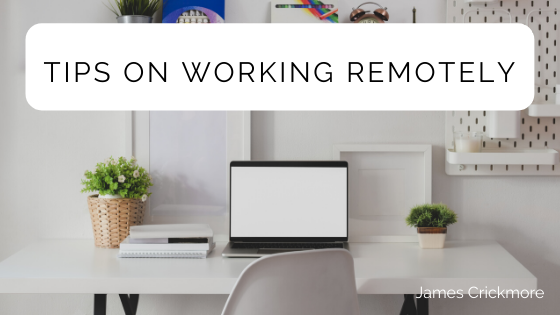Over the past few years, more and more companies around the world have discovered the benefits of allowing their employees to work from home. Not only does remote work allow companies to save money on their overhead, but employees enjoy spending more time with their families and simply having a more flexible work schedule. However, remote work does also hold its challenges. Thus, the following list includes a few tips on working remotely.
Communication is Key
One of the most challenging parts of working remotely is keeping open a clear communication channel with co-workers. Thus it is incredibly important to invest some time researching the various communication tools available to you and your team. Tools like Slack, Team, and Google Hangouts are some of the most popular of these tools. In addition, you should also take the time to set up communication channels for all your different groups, such as your HR department and clients, to name a few.
Develop a Routine
Working from home can be great, especially if you don’t like your boss breathing down your neck. However, this freedom often leads to procrastination and eventually less than stellar work. Therefore, it is important to give yourself a work routine. This means waking up at the same time, clocking out at the same time as well as giving yourself daily tasks and datelines.
Location, Location, Location
Just because you are able to work from home does not mean you can sit down anywhere and concentrate. You should never work within busy areas of your home, such as the living room or kitchen. Working from within a home office is the ideal situation, but we understand that not many have this luxury. Great alternatives include the bedroom, patio, or even your tool shed.
Give Yourself Breaks
When you’re working from home, you no longer have managers forcing you to get off the computer and go on break. This lack of accountability can lead to people overworking themselves, which can quickly lead to a decline in their work and overall mental health. Instead of simply agreeing to go on break, make it a habit to set up alarms. These can be quick 10 minutes breaks where you are able to get off the computer for a bit or a whole hour that allows you to step outside and simply energize yourself with some sun and food.
This blog was originally published on James Crickmore’s website.


